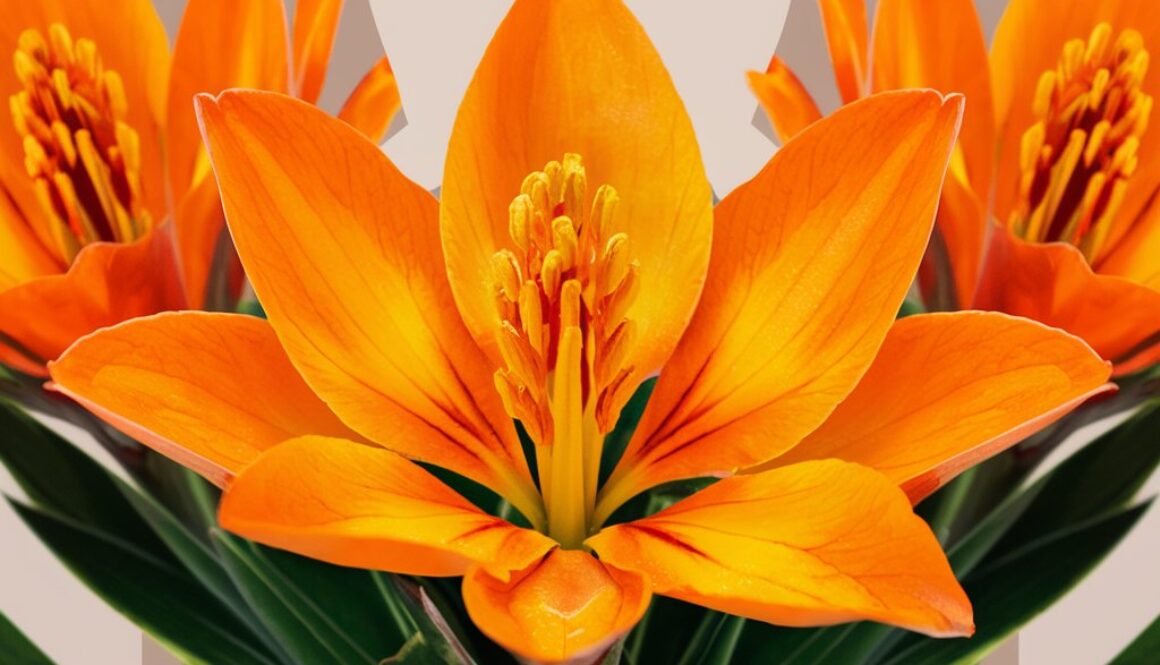Turmeric
Turmeric (Curcuma longa) is a flowering plant belonging to the ginger family, prized for its vibrant golden-yellow rhizomes. Originating from Southeast Asia, turmeric has been used for centuries in traditional medicine and culinary practices for its numerous health benefits and distinctive flavour.
Parts Used:
The main part of turmeric utilized is its rhizomes, which are harvested, cleaned, boiled, dried, and ground into a fine powder. This powder is what gives turmeric its characteristic colour and flavour, making it a staple ingredient in many cuisines worldwide.
Usage:
Turmeric is renowned for its potent anti-inflammatory and antioxidant properties. It is commonly used in cooking to add colour and flavour to dishes such as curries, soups, and rice dishes. Additionally, turmeric is a key ingredient in traditional medicine, where it is used to alleviate various ailments ranging from digestive issues and arthritis to skin conditions and respiratory problems.
Agrotechniques:
Turmeric cultivation requires a warm and humid climate with well-drained soil. It is typically propagated through rhizome pieces or “fingers,” which are planted in rows or beds during the rainy season. Turmeric plants require regular watering, especially during the growing season, but excessive waterlogging should be avoided to prevent rotting of the rhizomes. Weeding and mulching are essential to control weed growth and retain soil moisture. Harvesting usually occurs 7-10 months after planting, when the leaves start to turn yellow and dry. Rhizomes are carefully dug out, cleaned, and processed for use in cooking or medicinal preparations.
Turmeric’s versatility in culinary and medicinal applications, coupled with its relatively straightforward cultivation, makes it a valuable addition to gardens and farms worldwide.

